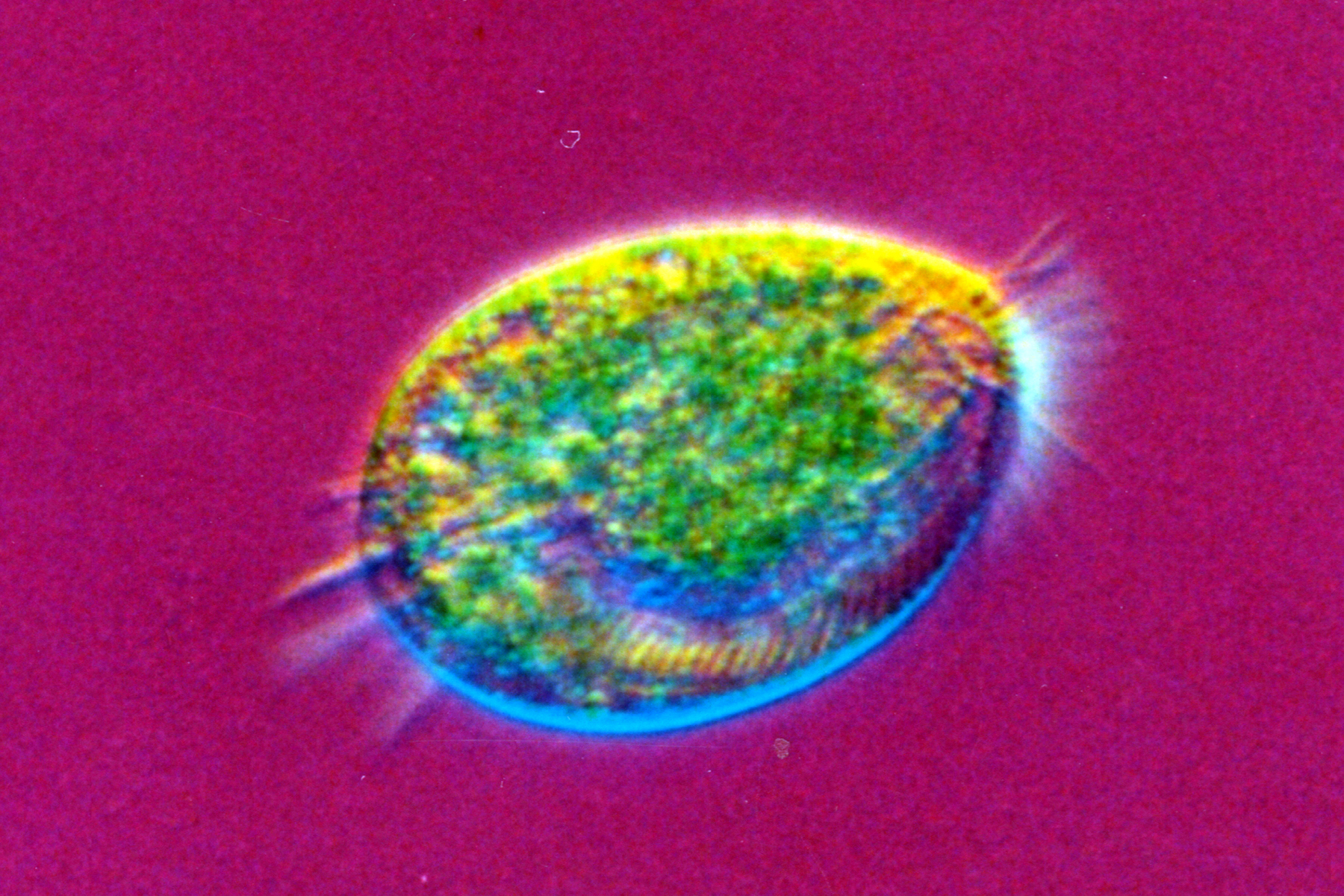
RNA researchers rejoice! It’s been a good week for DNA’s often-underappreciated cousin. Most people are worried about the genetic material that stays safely tucked in the nucleus of cells, but RNA is definitely the genetic workhorse. Without these molecules, our genetic programs would be useless artifacts locked in the cell nucleus like some sort of museum object. DNA is the storage vehicle, but RNA is the messenger. RNA is cellular middle management, broadcasting the executive order from the nucleus’s control center, passing on the program to proteins, and even getting involved in regulating all those processes from time to time.
Because RNA can both serve as a genetic blueprint and catalyze reactions, a lot of scientists have thought that life was once completely driven by these molecules: the RNA world. Because of this information storage, replicative capacity, and the ability to catalyze reactions, it’s a really interesting chemical template for synthetic enzymes. Researchers at the Scripps Research Institute just published a paper with a system that can perform all 3 of these functions at the same time: a self-replicating RNA enzyme. Actually it’s 2 enzymes that work together to cross-replicate. But, according the lead investigator Gerald Joyce (in a press release), “This is the only case outside biology where molecular information has been immortalized.” This system gives us a closer look at what early life might have been like or how researchers might be able to engineer new biology that capitalizes on this ability to self-replicate.
Then there’s the rulebreaking RNA. According to the Code– the genetic code, that is– each combination of 3 letters corresponds to one amino acid, the building block that’s being added to a growing protein. However, researchers just discovered that one organism doesn’t fit the mold, a marine microorganism called Euplotes crassus. In these little guys, the combination UGA can actually lead to the incorporation of 2 different, though very similar, building blocks– cysteine or selenocysteine. How does the cell know which one? Apparently there’s a sequence leading up to the “UGA” that tells it which to use.
RNA Honorable Mention of the Week: It turns out the ribosome has a proofreading function— this protein industrial complex of the cell will shut down if it discovers that it’s made a mistake. In a way, the finding is not all that shocking when you consider that when DNA and RNA replication has a way to root out mistakes after they’ve been made. But, scientists had thought that maybe the system relied on other checks and balances to make sure that the incoming components were correct. It’s further proof that even Nature needs a good editor and proofreader.
